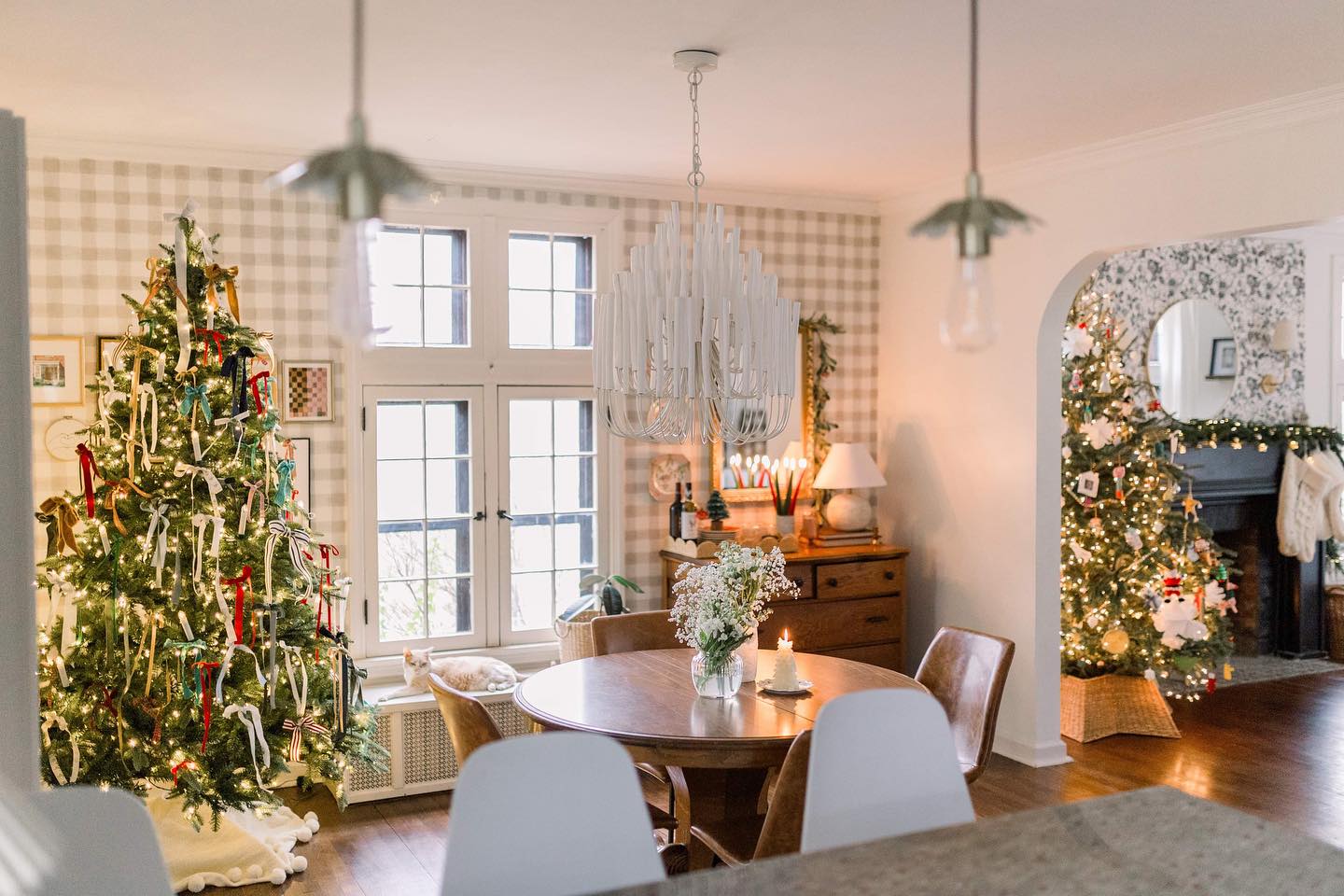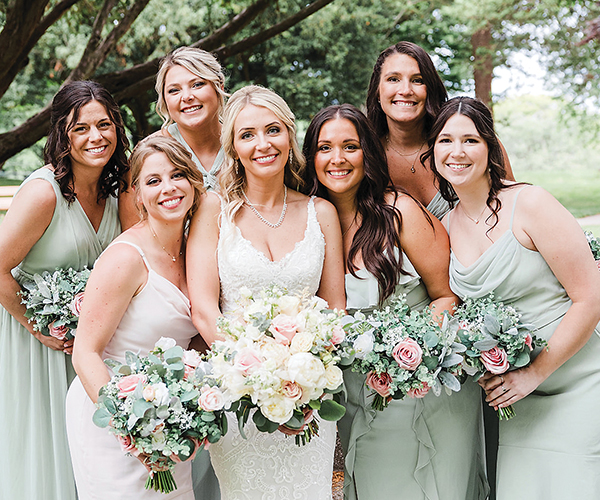“If you play on a lawn, there are so many bends and dips that you don’t get a true roll,” says Gino Latessa, president of the Wickliffe Italian American Club for 15 years. “Playing on a court is the only way to go if you really love the game of bocce.”
Latessa shares the love here, with step-by-step instructions on how to build a professional-grade court.
• Small stone (#57), available at Ontario Stone in the Flats (tell them court dimensions and they will estimate the load)
• Limestone screening (stonedust)
• 12 treated railroad ties
• Chain-link fence; 10-foot square board (optional)
• Garden spade and shovel (for removing turf and digging)
• Power tamp (rentals available)
• Soft-bristled brush/broom
• Garden hose
• Wood 2-by-4 or metal angle for leveling (ask a fabricator for scrap)
Plot: Choose a relatively level area. Minimum court size is 60 feet by 12 feet. You can extend the length up to 90 feet for extra room in the “spock line,” where players line up to throw the ball.
Trending
-
1
-
2
-
3
-
4
-
5










